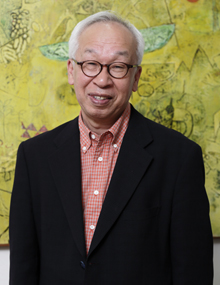
My lab studies how left-right asymmetries develop in the mouse embryo. In particular, we focus on two types of cilia that are required for left-right symmetry breaking: rotating cilia that generate leftward fluid flow, and immotile cilia that sense the fluid flow. We also study the role of maternal epigenetic regulators in pre-implantation development. We address these questions by integrating live imaging, structural biology, fluid dynamics and mathematical modeling.

A:…
A:…
A:…
A:…
A:…
A:…
A:…
A:…
hiroshi.hamada[at]riken.jp